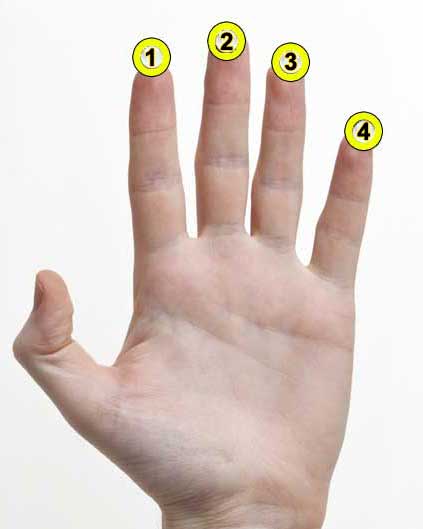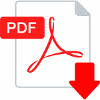D# Dominant Seventh Sharp Eleventh Added (D#7(#11)) chords on guitar

Welcome to our in-depth tutorial on the intriguing D# 7(#11) chord. This complex chord belongs to the Dominant Chords family, which is an essential part of many musical genres. The D# 7(#11) chord is composed of the notes D#, F##, A#, C#, and G##. These tones are built upon the intervals 1, 3, 5, b7, and #11.
For those who are new to the world of guitar chords, these intervals refer to the spaces between the notes on the fretboard. To understand this better, you might want to check out our tutorial about fretboard intervals.
The full names of the music intervals that compose the D# 7(#11) chord are: Root (1), Major Third (3), Perfect Fifth (5), Minor Seventh (b7), and Augmented Fourth (#11). These intervals are crucial in creating the unique sound of this chord. If you're interested in learning more about how intervals can be stacked to build chords, we have a comprehensive tutorial that teaches how to build chords by stacking intervals.
Throughout this tutorial, we will provide you with chord diagrams and fretboard patterns that clearly show the tones composing the D# 7(#11) chord. If you want to delve deeper into the world of dominant chords, our tutorial about dominant (7) guitar chords is a great resource.
Whether you're an intermediate player looking to expand your chord vocabulary or a beginner eager to explore new sounds, mastering the D# 7(#11) chord will certainly add a new dimension to your playing. So, grab your guitar and let's dive in!
D# 7(#11) chord Notes:
How to create the Dominant Seventh Sharp Eleventh Added chord:
Fingerings for the D# Dominant Seventh Sharp Eleventh Added guitar chord
No guitar diagrams created yet for this chord. Request one here
 Download
the Free Guitar Chords Chart Pdf
Download
the Free Guitar Chords Chart Pdf